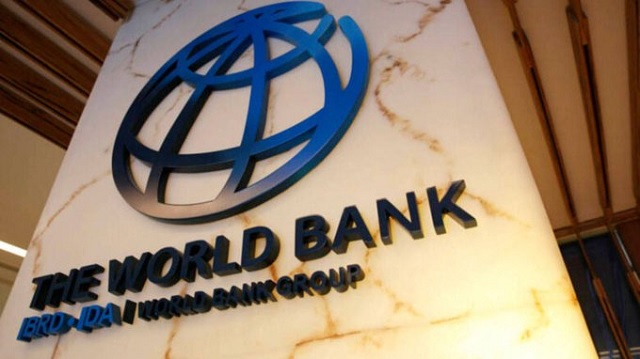
NAIROBI, KENYA | Xinhua | Kenya’s economy grew 5 percent in 2023, up from 4.8 percent in 2022 despite continued challenges, the World Bank said in a report released recentlyy.
According to the World Bank’s 28th edition of Kenya Economic Update (KEU), the improved growth was buoyed by a strong rebound in the agriculture sector in 2023 which had faced a persistent and severe drought and a moderate growth in the services sector.
“The recovery of agriculture has led to improvements in food supply and coupled with monetary policy tightening has helped reduce inflationary pressures,” says the report launched in Nairobi, the capital of Kenya.
The report says the economy, however, still faces several challenges to sustain its growth momentum such as heightened fiscal and external vulnerabilities manifested through high public debt, high cost of living, exchange rate pressures, global economic uncertainties, and tight global financial conditions.
The Bank projects that the real gross domestic product (GDP) will grow between 4.5 percent and 5.2 percent in 2024. It says improved investor confidence and credit to the private sector — helped by reduced domestic borrowing by the government — will strengthen private investment over the medium term.
“The government’s strategy to tap into concessional borrowing prudently helps reduce the accumulation of expensive debt,” said Keith Hansen, World Bank country director for Kenya.
According to the report, tourism continued to expand in 2023, credit to the private sector improved and manufacturing activity is expected to improve from the anticipated growth in the agro-processing sector.
The Bank said the outlook is subject to elevated uncertainty because of domestic and external risks.
“Domestically, droughts and floods would resume inflationary pressures and food insecurity, and coupled with the sustained reform momentum would dampen growth while external risks could stem from global credit markets volatility, lower than anticipated growth in the Euro Zone coupled with elevated commodity prices driven by international conflicts,” the report says.
According to the report, debt-related vulnerabilities persist, and rising debt costs constrain the government’s ability to address development challenges.
Kenya is, however, making progress and has reduced the primary deficit from 1.6 percent of GDP in FY2021/2022 to 0.8 percent of GDP in FY2022/2023. In comparison, the overall deficit decreased from 6.2 percent to 5.6 percent during the same period and is expected to reduce further to 5.4 percent in FY2023/2024, according to KEU.
“Kenya will need to balance the short-term challenges of macroeconomic stability with the need to focus on policies for achieving longer-term growth that includes all in society,” said Naomi Mathenge, World Bank senior economist and author of KEU. ■
 The Independent Uganda: You get the Truth we Pay the Price
The Independent Uganda: You get the Truth we Pay the Price


